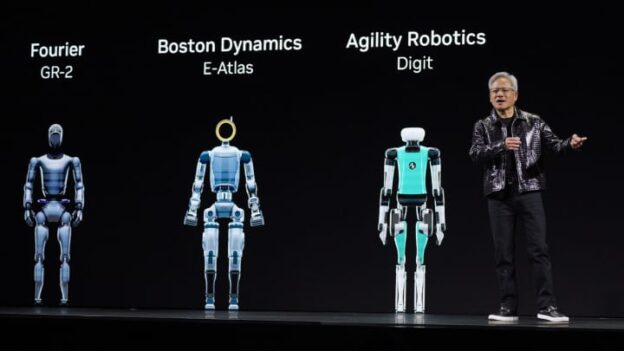In a rapidly evolving global landscape where artificial intelligence and robotics are becoming pivotal to economic growth and technological advancement, industry leaders are urging the United States to implement a comprehensive national strategy to maintain its competitive edge against China’s aggressive investments and strategic priorities in these fields.
| IN A NUTSHELL |
|
The global race for supremacy in artificial intelligence and robotics is heating up, with the United States and China as the primary contenders. Industry leaders in the U.S. are sounding the alarm, urging the nation to adopt a comprehensive national strategy to compete effectively. With China making robotics a national priority, American companies warn that without decisive action, the U.S. risks falling behind in a sector poised to transform various industries. This article delves into the urgent calls for a national robotics plan, the implications of lagging behind, and the steps needed to ensure American leadership in this critical field.
Why a National Robotics Plan Is the Need of the Hour
The call for a national robotics strategy comes as industry representatives highlight the significant investments China is making in robotics and AI. A federal office dedicated to robotics could channel funding toward academic research, commercial innovation, and workforce training programs. These steps are crucial for scaling production and maintaining a competitive edge. Tesla’s Jonathan Chen emphasizes that creating prototypes is only the beginning; the real challenge lies in scaling manufacturing capabilities.
China, the world’s largest market for industrial robots, is setting the pace with a $138 billion state-backed venture capital fund aimed at robotics and AI. Chinese Premier Li Qiang has articulated the nation’s vision to integrate robotics with other emerging technologies. These moves are seen as a direct challenge to U.S. influence in the sector. Humanoid and animal-like robots, powered by advanced AI, are still largely uncommercialized but are attracting considerable attention. Without a strong national commitment, experts warn that the U.S. may find itself outpaced by China’s coordinated pursuit of next-generation intelligent machines.





